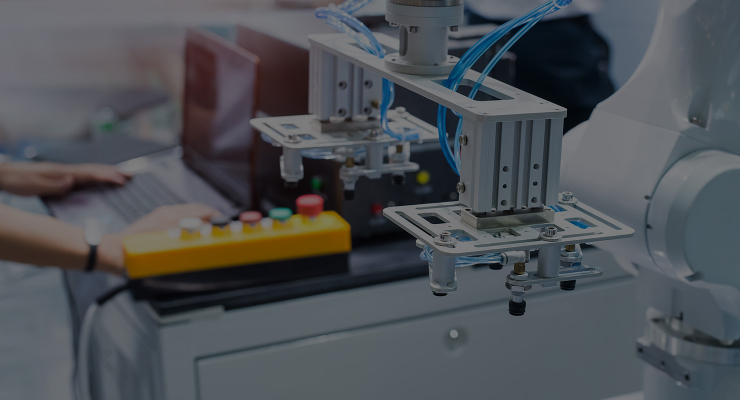Raymond Cheng, Rapid Prototyping & Rapid Manufacturing Expert, Wayken Rapid Manufacturing Limited12.06.21
CNC (computer numeric control) machining consists of different variants of multi-axis milling, turning and electric discharge machining (EDM) to obtain the desired geometric profile. The main advantage of these machines originates from the ability to control the machine through computer-generated code through advanced controllers. This leads to reduced time for translating the design to manufactured products, by means of integrating computer-aided design (CAD) models with CNC machines. CNC machining offers multiple options in terms of materials, tolerances, and surface finish along with geometric profiles to be produced.
With advances in medical sciences and engineering, the need and complexity of design for different implantable medical devices, associated surgical instruments, electronic medical components, and micromachined medical parts has increased significantly. As a result, the number of medical parts produced by machining is increasing each year.
The margin of error is nonexistent in the medical industry, as consequences of even a minute mistake can be loss of human life or irreparable damage to the quality of life. This calls for the implementation of relevant industry standards, technologically advanced machining methods, processes, and equipment along with the utmost care and focus.
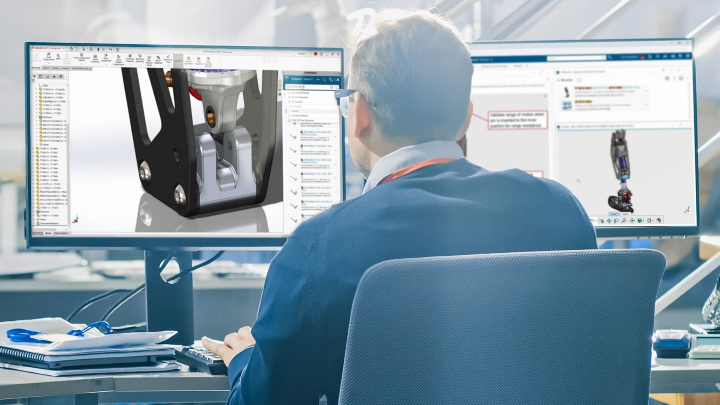
Medical device prototyping
Different surgical instruments are required to implant the aforementioned medical devices as well as perform general medical surgeries. The majority of these are general purpose instruments that can be used for a variety of surgeries, whereas certain medical implants require specialized surgical instruments.
These surgical instruments require precise machining with tight tolerances to meet their intended purpose effectively. Moreover, sometimes these instruments are needed in small quantities to meet the need for a certain patient category. These factors justify the use of CNC machining for manufacturing of surgical instruments. Surgical instruments commonly manufactured through CNC machining are handles, cutters, saws, forceps, holders, clamps, and spacers.
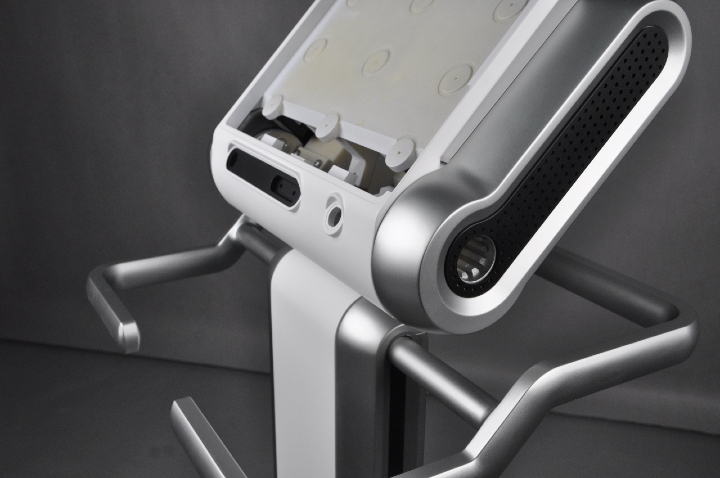
There is also a lot of research ongoing in the field of microfluidics to develop organ-on-chip and test on-chip apparatuses. These chips have microchannels for fluid flow, which are often machined using CNC machining.
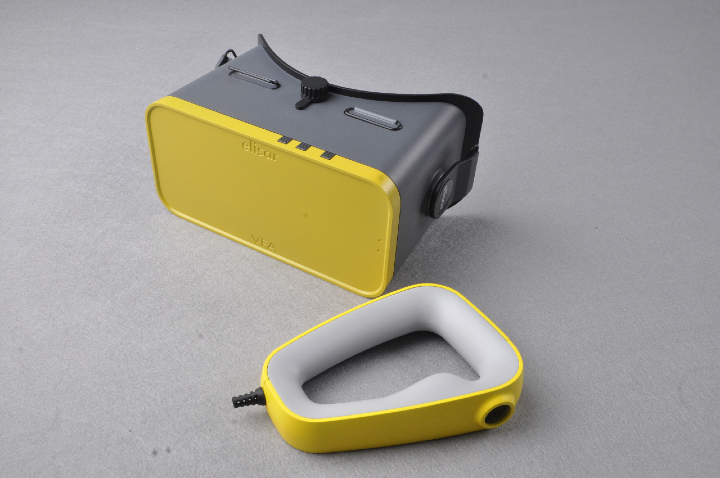
Ophtalmic medical device.
Medical parts such as joint implants, cardiovascular implants, and ventricular assist devices have complex geometries. Creating such geometries is often not possible without using 5-axis CNC machining operations while also maintaining required geometric tolerances and surface finish requirements.
There is also another important factor to consider, namely the number of parts to be manufactured. There are certain medical devices, such as hip implants, which require their design must be changed to cater the needs of each patient. That means the number of parts to be created is limited. In such circumstances, CNC machining is the only manufacturing operation that proves to be the most economical. In the same manner, at the initial stage of the design and development process for any device, prototyping is considered necessary. During prototyping, parts need to be manufactured in small quantities only. CNC machining makes the most economical sense in this case as well.
There is also the matter of time required to design and plan the manufacturing process to be used for a certain type of parts. CNC machining proves to be economical in terms of time consumption as well, as it integrates the computer-aided design (CAD) model directly with software to create required input for CNC machines in form of G code and M code.
CNC machining also offers the freedom to choose from multiple materials, depending on the design intent of the medical part.
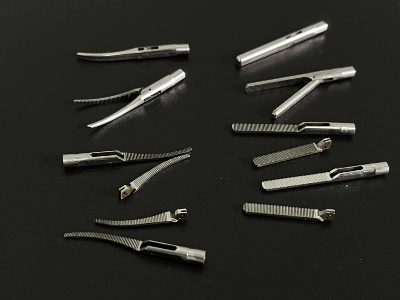
CNC machined surgical tools
Materials commonly used for implantable devices include Titanium alloys such as Ti6Al4V, Polyetheretherketone (PEEK), Cobalt-chrome alloys such as CoCr28Mo6, and stainless steels.
For surgical instruments, surgical steel (i.e., AISI 316L) is the most commonly used material due to its favorable mechanical properties. Titanium alloys are also used for machining surgical instruments.
For electronic biomedical equipment, biocompatibility is not required. That opens up a wide range of material options to be available for machining while considering the intended application.
Meeting internationally recognized quality standards such as ISO 9001 is an important factor to consider while selecting a machine shop for the manufacturing of medical parts. ISO 13485 is an expanded version of ISO 9001, intended to be used by the medical industry. A machine shop having ISO 13485 certification must be given priority.
Apart from standards and certifications, in terms of ability to meet requirements, it is necessary to select a machine shop that has 4-axis and 5-axis machining capabilities for the creation of complex geometries, which are often present in medical parts. The availability of Swiss machining facilities greatly adds to the precision machining capabilities for slender, circular parts in large quantities.
Medical parts with minute dimensions such as pediatric axial flow VADs having impeller diameters of only a few millimeters and rotational speed of a few thousand RPM greatly increases the need for dimensional accuracy, and as a result, required tolerance limits to meet greatly decreases, often on the order of microns.
For implantable medical devices, it is important to maintain cleanliness and their assembly to be completed in a clean room. In this respect, machine shops must have clean rooms maintained according to ISO standards.
CNC machining offers the opportunity to create complex geometries while meeting the required geometric tolerance limits of different materials ranging from plastics to metals. The aforementioned attributes are necessary for medical parts manufacturing.
 Raymond Cheng is a rapid prototyping and rapid manufacturing expert at Wayken Rapid Manufacturing. The company specializes in CNC machining, 3D printing, urethane casting, rapid tooling, injection molding, metal casting, sheet metal, and extrusion. The company provides one-stop rapid prototyping services and low volume manufacturing services, including CNC machining, 3D printing, vacuum casting, rapid tooling, and injection molding. With years of manufacturing experience, Wayken's customers range from inventors or designers to commercial, medical, automotive, and even aerospace companies.
Raymond Cheng is a rapid prototyping and rapid manufacturing expert at Wayken Rapid Manufacturing. The company specializes in CNC machining, 3D printing, urethane casting, rapid tooling, injection molding, metal casting, sheet metal, and extrusion. The company provides one-stop rapid prototyping services and low volume manufacturing services, including CNC machining, 3D printing, vacuum casting, rapid tooling, and injection molding. With years of manufacturing experience, Wayken's customers range from inventors or designers to commercial, medical, automotive, and even aerospace companies.
With advances in medical sciences and engineering, the need and complexity of design for different implantable medical devices, associated surgical instruments, electronic medical components, and micromachined medical parts has increased significantly. As a result, the number of medical parts produced by machining is increasing each year.
The margin of error is nonexistent in the medical industry, as consequences of even a minute mistake can be loss of human life or irreparable damage to the quality of life. This calls for the implementation of relevant industry standards, technologically advanced machining methods, processes, and equipment along with the utmost care and focus.

Medical device prototyping
Examples of CNC Machined Medical Equipment
Several types of implantable medical devices are produced by means of CNC machining. These implants, generally, include joint implants such as hip implants and cardiovascular implants such as heart valves, stents, and ventricular assist devices (VAD). Certain medical parts are not implanted inthe body but require adherence to the same standards, for example extracorporeal membrane oxygenation (ECMO) devices. Other implantable devices manufactured using CNC machining include spine and knee implants, artificial heart valves (bi leaflet, tri leaflet), TAH (total artificial heart), and machined surgical instruments.Different surgical instruments are required to implant the aforementioned medical devices as well as perform general medical surgeries. The majority of these are general purpose instruments that can be used for a variety of surgeries, whereas certain medical implants require specialized surgical instruments.
These surgical instruments require precise machining with tight tolerances to meet their intended purpose effectively. Moreover, sometimes these instruments are needed in small quantities to meet the need for a certain patient category. These factors justify the use of CNC machining for manufacturing of surgical instruments. Surgical instruments commonly manufactured through CNC machining are handles, cutters, saws, forceps, holders, clamps, and spacers.
Machined Parts for Electronic Medical Equipment
Electronic medical equipment often consists of a large number of parts. Some of these parts can be manufactured through CNC machining. The fact that these components need not be biocompatible opens up multiple material options that can be considered for production through CNC machining. The majority of this equipment is related to medical imaging, which is an integral part of diagnostics and patient care regimen. These include ultrasound equipment, MRI scanners, heart rate monitors, CT scanners, and monitors.
Micromachining
Micromachining is defined as creation of features on the scale of microns. In the case of machining of medical parts on a miniature scale, the importance of precision machining with extremely tight tolerances greatly increases. For example, VADs for pediatric use are extremely complex to machine due to their miniature size and high operational speeds (often on the order of thousands of RPM), greatly reducing the margin for error. Names of some other medical parts requiring micromachining include stents, catheters, pacemaker parts, drug delivery systems, screws, tubes, and pediatric VADs.There is also a lot of research ongoing in the field of microfluidics to develop organ-on-chip and test on-chip apparatuses. These chips have microchannels for fluid flow, which are often machined using CNC machining.
Benefits of CNC Machining
Medical industry products and parts require the manufacturing process chosen must have the ability to meet tight tolerance limits necessary for proper function. Dimensions of features to be created are often at a micron length scale. Surface finish is an important consideration for medical parts, especially those that need to be implanted in the body. In the case of blood pumps, the device’s internal surface finish can significantly alter the rates of thrombus, which is directly associated with stroke risk. CNC machining offers a much better surface finish as compared to other processes such as casting and manual machining.
Ophtalmic medical device.
Medical parts such as joint implants, cardiovascular implants, and ventricular assist devices have complex geometries. Creating such geometries is often not possible without using 5-axis CNC machining operations while also maintaining required geometric tolerances and surface finish requirements.
There is also another important factor to consider, namely the number of parts to be manufactured. There are certain medical devices, such as hip implants, which require their design must be changed to cater the needs of each patient. That means the number of parts to be created is limited. In such circumstances, CNC machining is the only manufacturing operation that proves to be the most economical. In the same manner, at the initial stage of the design and development process for any device, prototyping is considered necessary. During prototyping, parts need to be manufactured in small quantities only. CNC machining makes the most economical sense in this case as well.
There is also the matter of time required to design and plan the manufacturing process to be used for a certain type of parts. CNC machining proves to be economical in terms of time consumption as well, as it integrates the computer-aided design (CAD) model directly with software to create required input for CNC machines in form of G code and M code.
CNC machining also offers the freedom to choose from multiple materials, depending on the design intent of the medical part.
Medical CNC Machining Materials
CNC machining provides the option to machine a wide range of materials based on the requirement. These materials can range from metals such as titanium to bio-grade plastics. Choice of material is based on the application. For implantable medical devices and parts, the material used must be biocompatible. Further differentiation is made based on the use of material. For example, in the case of hip implants, the material must have the mechanical properties required to meet the designed function. Selected material or combination of materials must also have high wear resistance at the same time depicting low friction. Furthermore, material(s) selected must have desirable chemical properties, i.e., chemically stable and safe over a long period of time and under loading conditions.
CNC machined surgical tools
For surgical instruments, surgical steel (i.e., AISI 316L) is the most commonly used material due to its favorable mechanical properties. Titanium alloys are also used for machining surgical instruments.
For electronic biomedical equipment, biocompatibility is not required. That opens up a wide range of material options to be available for machining while considering the intended application.
Choosing the Right Machine Shop for Medical Components
It is necessary to choose a machine shop for medical component manufacturing that meets all of the required standards in addition to possessing the required technology and skills.Meeting internationally recognized quality standards such as ISO 9001 is an important factor to consider while selecting a machine shop for the manufacturing of medical parts. ISO 13485 is an expanded version of ISO 9001, intended to be used by the medical industry. A machine shop having ISO 13485 certification must be given priority.
Apart from standards and certifications, in terms of ability to meet requirements, it is necessary to select a machine shop that has 4-axis and 5-axis machining capabilities for the creation of complex geometries, which are often present in medical parts. The availability of Swiss machining facilities greatly adds to the precision machining capabilities for slender, circular parts in large quantities.
Medical parts with minute dimensions such as pediatric axial flow VADs having impeller diameters of only a few millimeters and rotational speed of a few thousand RPM greatly increases the need for dimensional accuracy, and as a result, required tolerance limits to meet greatly decreases, often on the order of microns.
For implantable medical devices, it is important to maintain cleanliness and their assembly to be completed in a clean room. In this respect, machine shops must have clean rooms maintained according to ISO standards.
CNC machining offers the opportunity to create complex geometries while meeting the required geometric tolerance limits of different materials ranging from plastics to metals. The aforementioned attributes are necessary for medical parts manufacturing.


